Biological Mechanisms of Animal Adaptation to Nocturnal Life
Introduction
In the vast realm of biological studies, one area of particular interest is the adaptation of animals to nocturnal life. Nocturnal animals are those that are primarily active during the night and asleep during the day. This lifestyle is a result of various biological mechanisms that have evolved over time to allow these animals to thrive in darkness. These mechanisms encompass a wide range of physiological, anatomical, and behavioral adaptations.

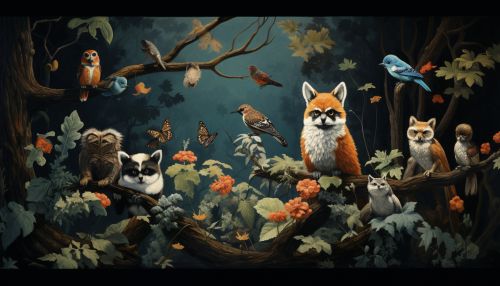
Physiological Adaptations
Physiological adaptations are changes in an animal's internal body functions that enable it to survive in its environment. Nocturnal animals have developed several physiological adaptations to cope with the challenges of night-time living.
Circadian Rhythms
Circadian rhythms are internal biological clocks that regulate an animal's sleep-wake cycle. In nocturnal animals, these rhythms are reversed, causing them to be active at night and sleep during the day. This reversal is controlled by the suprachiasmatic nucleus, a part of the brain that responds to light and dark signals.
Metabolic Adjustments
Nocturnal animals also exhibit metabolic adjustments to conserve energy during the day and expend it at night. This includes a lower basal metabolic rate during the day and increased energy expenditure at night. Some nocturnal animals, such as bats, even enter a state of torpor during the day to further conserve energy.

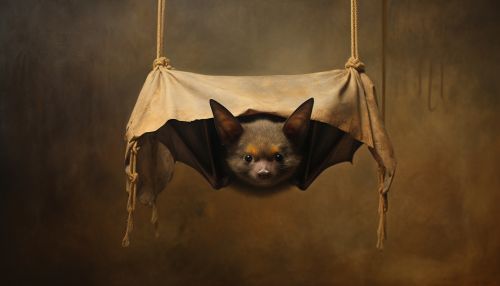
Thermoregulation
Thermoregulation is another important physiological adaptation in nocturnal animals. Many of these animals are small and lose heat quickly, so being active at night when temperatures are cooler helps them maintain their body temperature.
Anatomical Adaptations
Anatomical adaptations are physical changes in an animal's body structure that enhance its survival. Nocturnal animals have several anatomical adaptations that enable them to navigate and hunt in the dark.
Visual Adaptations
Nocturnal animals have evolved several visual adaptations to see in low light conditions. These include larger eyes, a higher number of rod cells in the retina, and a reflective layer behind the retina called the tapetum lucidum that enhances night vision.
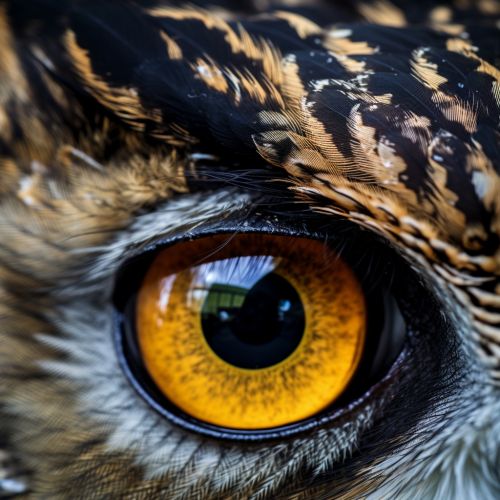
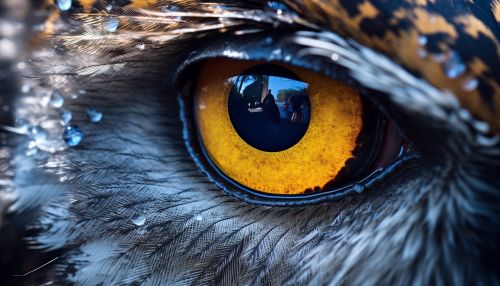
Auditory Adaptations
Many nocturnal animals have also developed enhanced auditory systems to compensate for reduced visibility at night. This includes larger ears, more sensitive hearing, and in some cases, the ability to use echolocation to navigate and hunt.
Tactile Adaptations
Tactile adaptations are also common in nocturnal animals. These include sensitive whiskers or antennae that help them navigate in the dark, and specialized skin receptors that detect changes in air pressure, temperature, and humidity.
Behavioral Adaptations
Behavioral adaptations are changes in an animal's behavior that enhance its survival. Nocturnal animals have developed several behavioral adaptations to cope with the challenges of night-time living.
Nocturnal Foraging
Nocturnal animals have adapted to forage for food at night. This behavior reduces competition with diurnal animals and helps them avoid predators that are active during the day.
Camouflage and Concealment
Nocturnal animals also use camouflage and concealment to avoid predators. Many of these animals have dark-colored fur or feathers that blend in with the night, and they often hide in burrows or nests during the day.
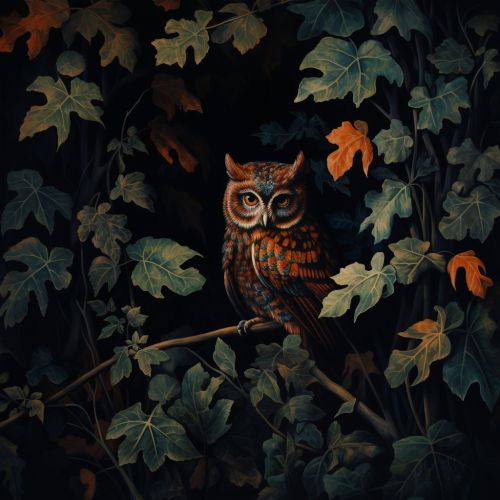
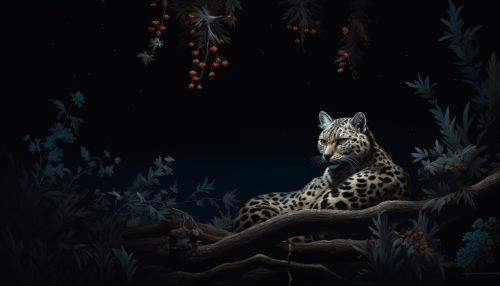
Social Behavior
Some nocturnal animals have also adapted their social behavior to the night. This includes nocturnal communication through vocalizations, scent marking, and bioluminescence, and nocturnal mating and breeding behaviors.
Conclusion
The biological mechanisms of animal adaptation to nocturnal life are complex and multifaceted, encompassing physiological, anatomical, and behavioral adaptations. These adaptations have evolved over millions of years and continue to evolve, providing a fascinating glimpse into the intricate workings of nature.
